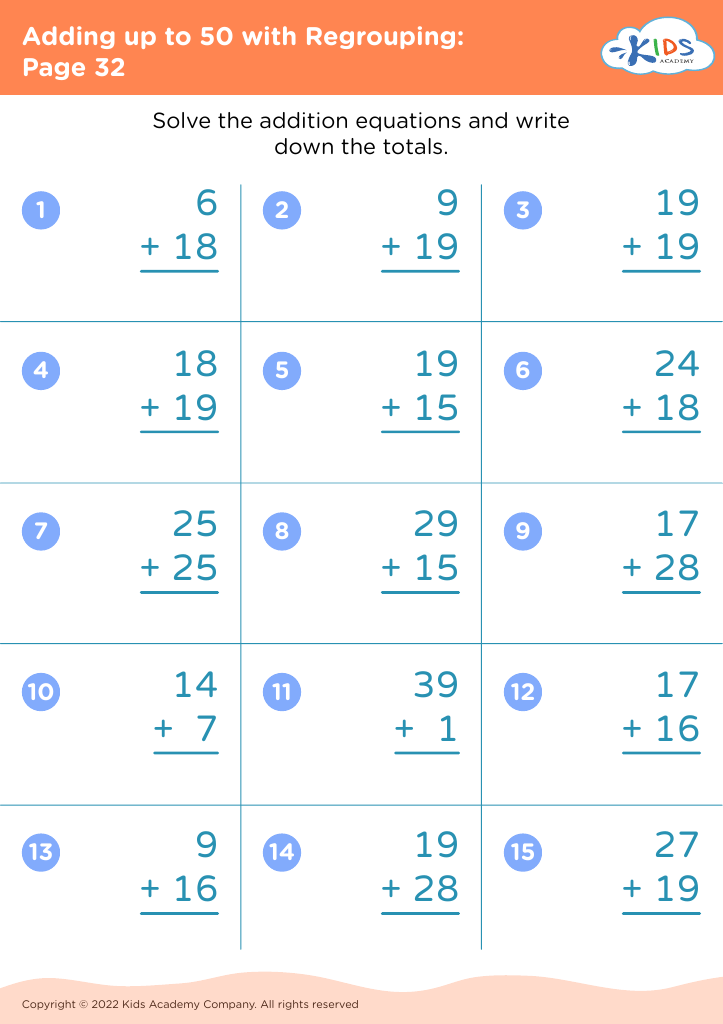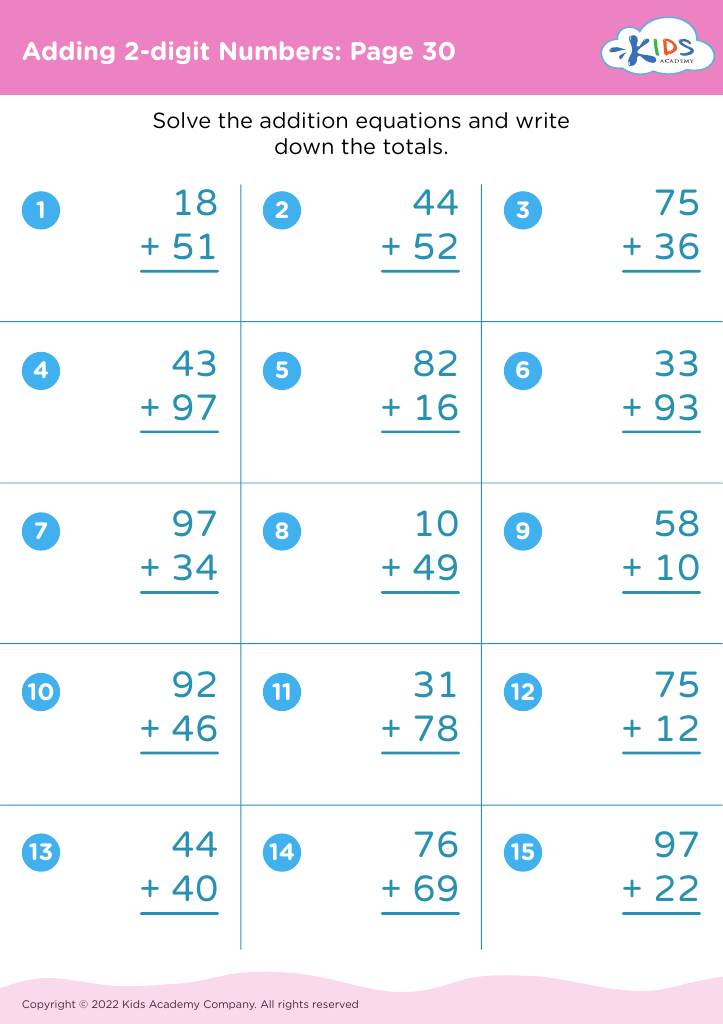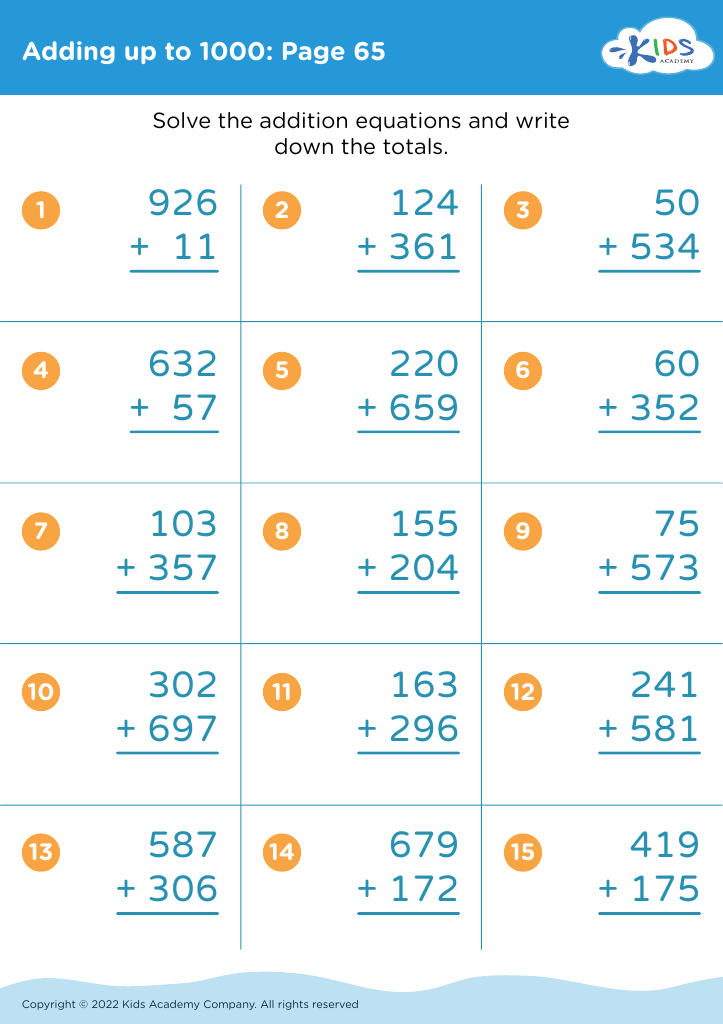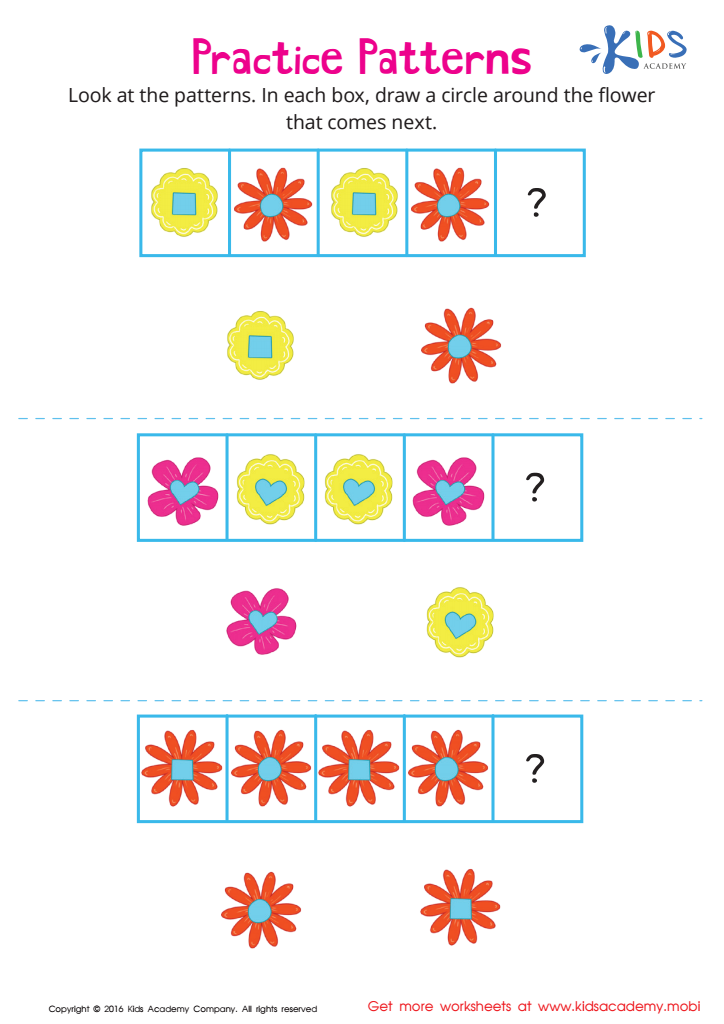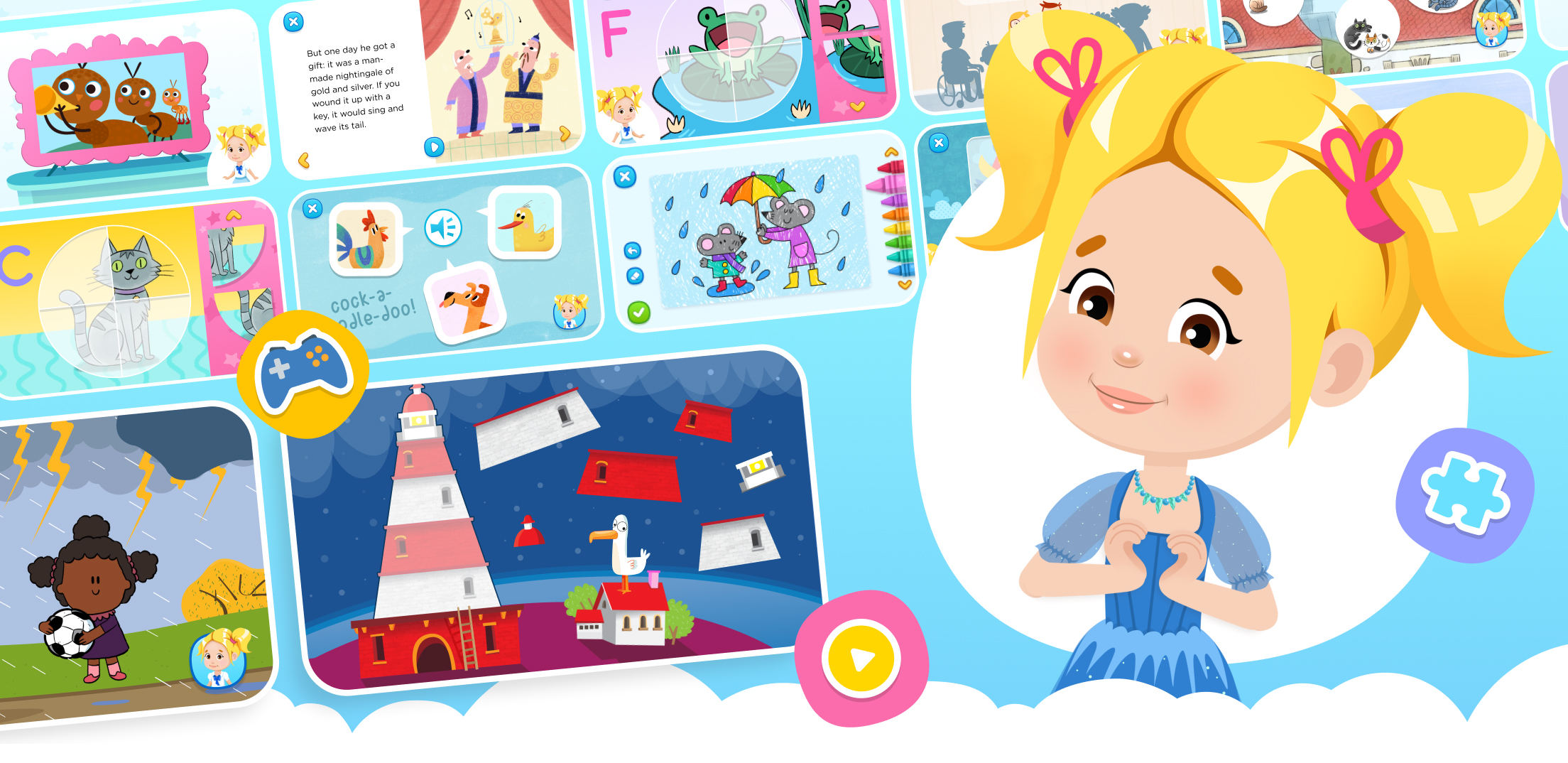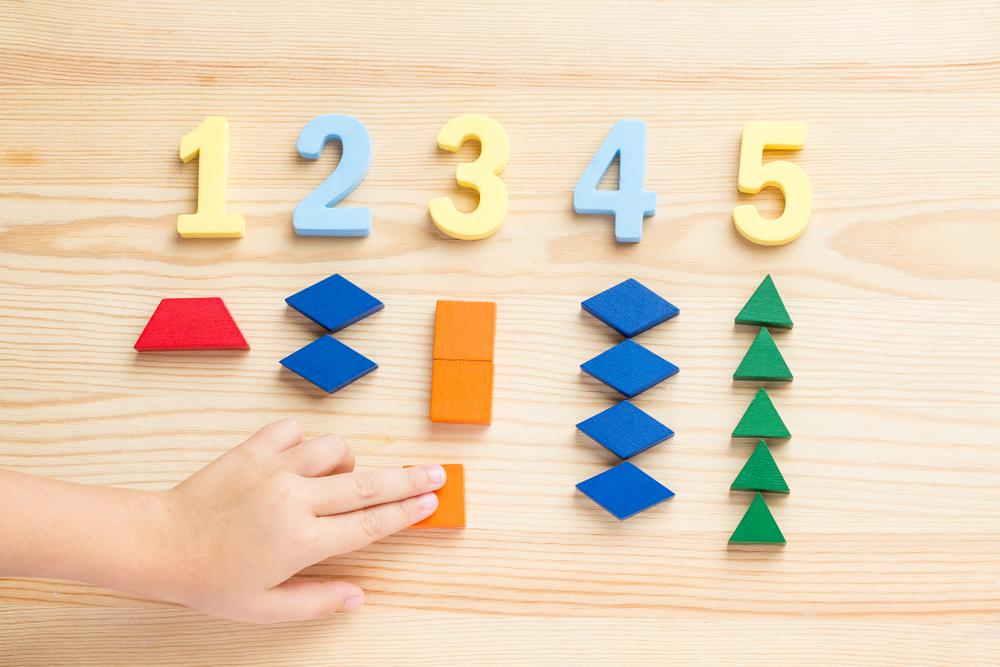Pattern recognition Math Worksheets for Ages 7-9
11 filtered results
-
From - To
Discover engaging Pattern Recognition Math Worksheets tailored for children aged 7-9! These worksheets are designed to enhance critical thinking skills through fun and interactive exercises. By identifying and creating patterns, children strengthen their understanding of mathematics while developing essential cognitive abilities. Our worksheets feature a variety of colorful and stimulating activities that make learning enjoyable and impactful. Perfect for classroom use or at-home practice, these resources support young learners in mastering concepts such as sequences, shapes, and colors. Empower your child's mathematical journey with our easy-to-use worksheets that inspire creativity and encourage a love for learning!
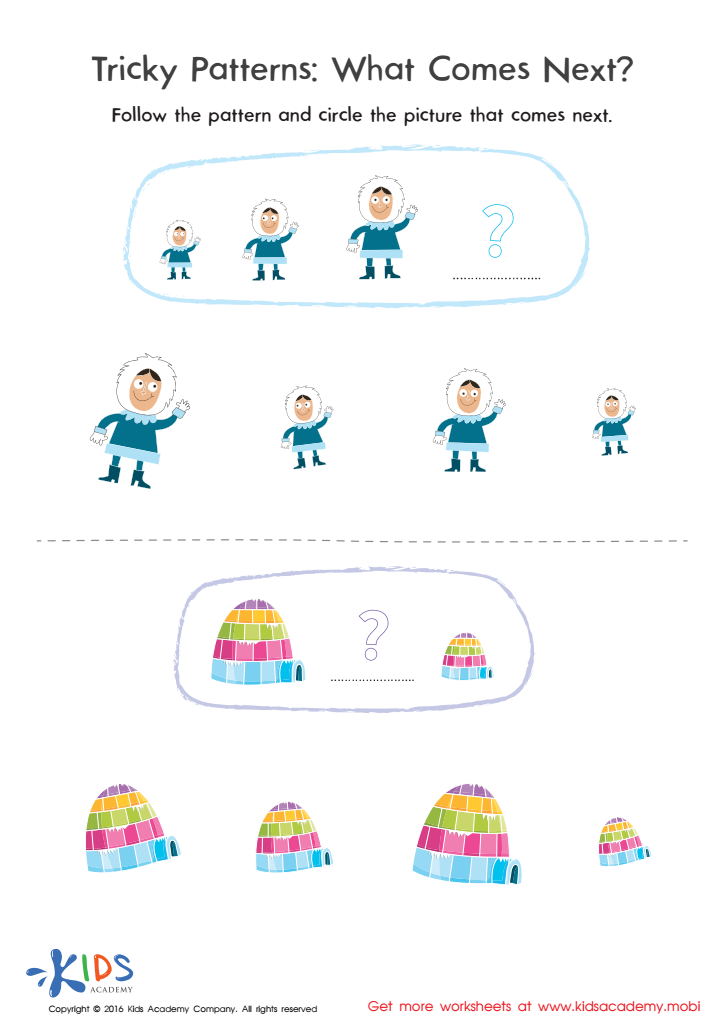

Tricky Patterns Size Worksheet
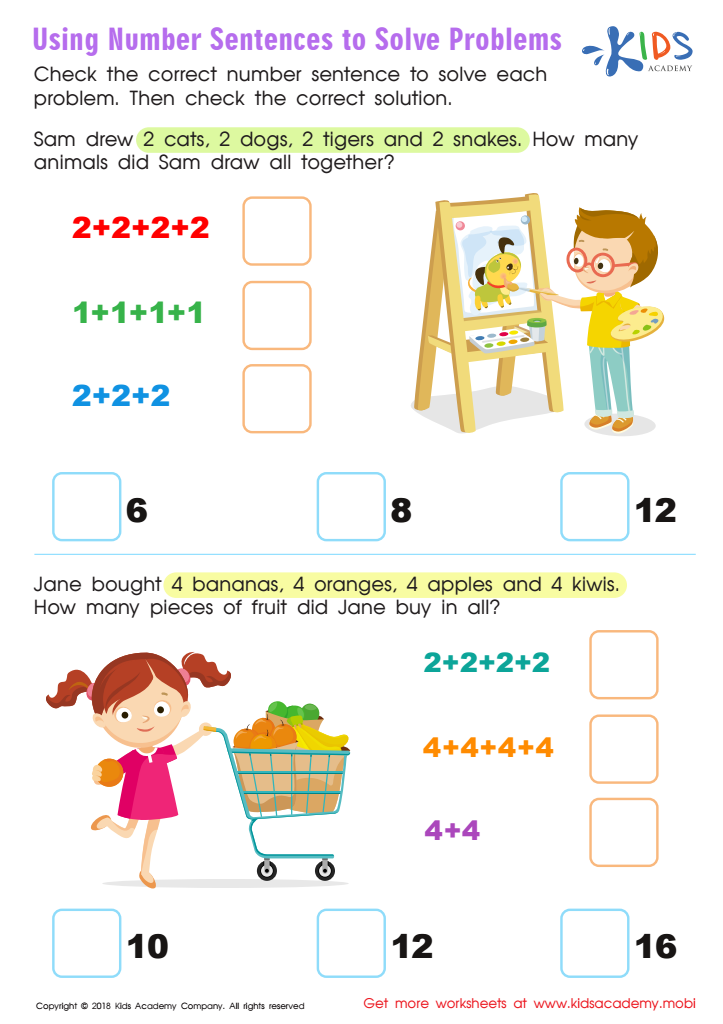

Using Number Sentences to Solve Problems Worksheet


Find the Rule Worksheet


Logic Game Sorting Worksheet
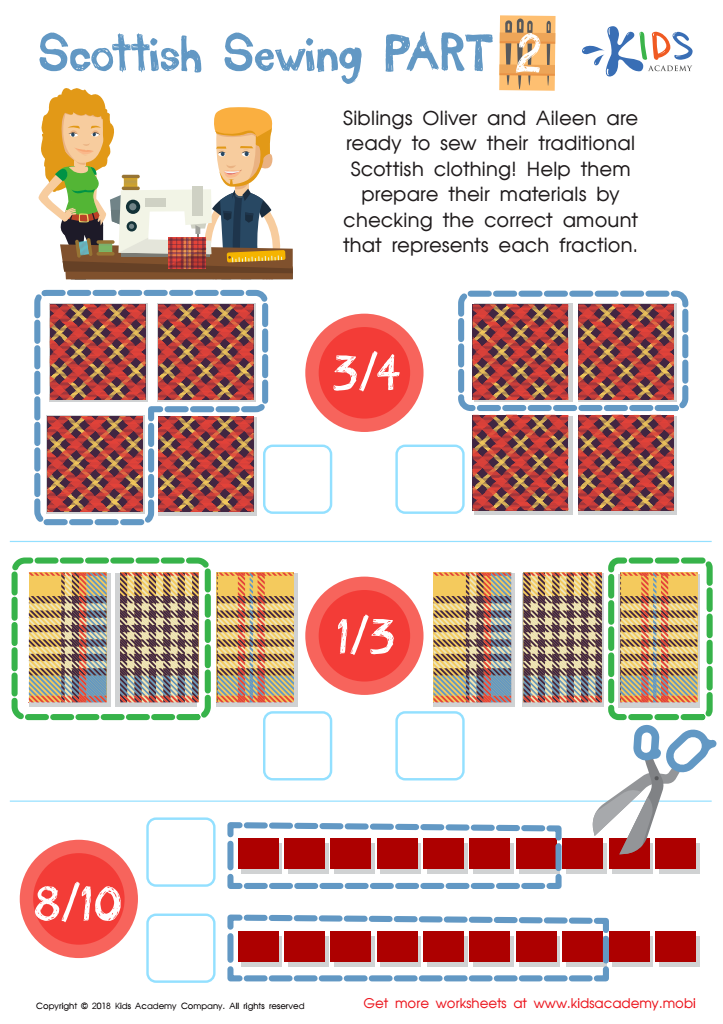

Scottish Sewing Part 2 Worksheet
Pattern recognition is an essential mathematical skill that forms the foundation for advanced mathematical concepts. For children ages 7 to 9, engaging in pattern recognition helps them to develop critical thinking and problem-solving abilities. It encourages them to see relationships among numbers, shapes, and sequences, fostering a deeper understanding of mathematics as a whole.
Parents and teachers should care about pattern recognition because it enhances cognitive development and lays the groundwork for algebraic thinking, which becomes increasingly important in higher grades. By identifying and predicting patterns, children learn to form hypotheses and test their ideas, yielding a sense of accomplishment and boosting their confidence.
Moreover, pattern recognition is not limited to math; it carries over into everyday life and other subjects, promoting creativity and flexibility in thought. As children recognize patterns in nature, art, and music, they cultivate skills that are applicable beyond the classroom.
Encouraging pattern recognition can also lead to greater engagement and interest in mathematics, combating math anxiety and helping students to view math as an accessible and enjoyable subject. Thus, parents and teachers play a crucial role in nurturing these vital skills at this formative age, setting children on a path for future academic success.


 Assign to My Students
Assign to My Students
